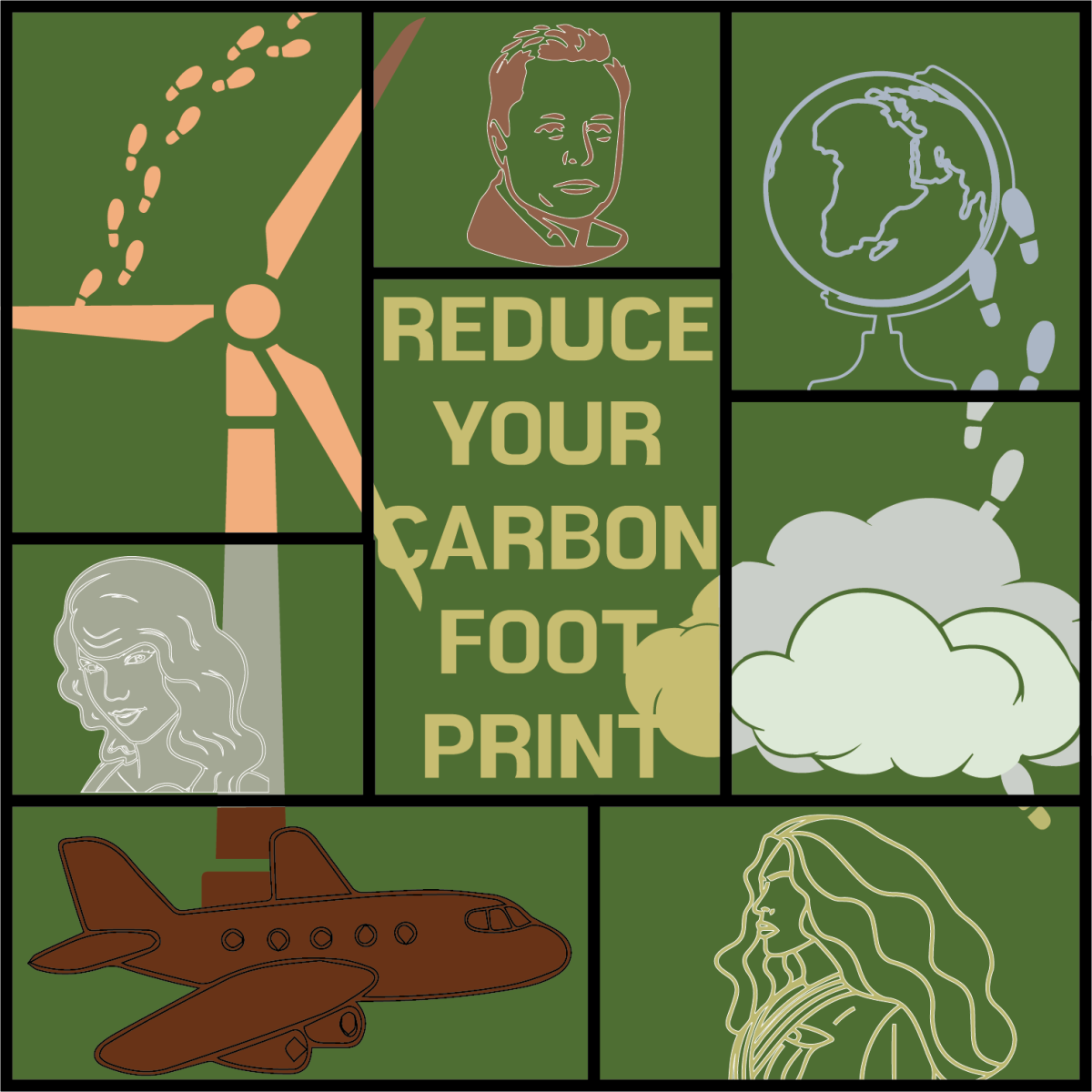Scientists estimate that due to carbon emissions, there is a 50% chance global warming will exceed 1.5 degrees Celsius around 2030. This is only six years away, so this issue must not be ignored for longer than it already has. Collectively, many people have made efforts to reduce emissions, like cutting down on fast fashion purchases or limiting plastic use. However, this same effort is not being shared by celebrities.
Taylor Swift has been under recent fire due to reports of excessive private jet flights, leading to increased emissions. While this is true, Swift is not the only celebrity who needs to be held accountable. There are plenty of other celebrities who have made fewer headlines but are polluting more than Swift. According to a recent article, she is not even in the top 10 polluters due to private jet emissions in the last year.
Travis Scott takes the top spot, taking 137 flights in 2023, and producing over 6 million kilograms of carbon emissions. To put this in perspective, the average global carbon footprint is 4.7 tonnes, or 4700 kg. This is about 0.07% of Scott’s usage from private jets alone in 2023.
Kim Kardashian, Elon Musk and Beyoncé are also among the other top polluters. These numbers mentioned above are just from private jet usage, not even counting emissions from celebrities’ homes and cars.
This illustrates how CO2 emissions are unequally distributed across income groups. This is particularly problematic because many people view celebrities as role models who are key to establishing social norms. If celebrities produce such high carbon emissions, it sends the message to the general public that this is not a pressing issue. In addition to this, the richest class has more financial means to invest in energy-efficient strategies and adopt low-emission solutions that involve high costs, like solar panel usage. Since the average citizen usually cannot invest in solutions that have initial high costs, rapid action by the richest group is essential to decarbonize the environment and slow global warming.
To make matters worse, the impact of these carbon emissions is felt by those who are the least responsible for it: those of low socioeconomic status. With rising temperatures, there has been an increase of 226 excess heat-related deaths for every million tonnes of carbon. The ones dying are vulnerable populations who work in extreme weather, do not have access to air conditioning and are less likely to have insurance or other protections. There are already marginalized communities that are living in poverty, and these heat-related issues just put these groups more at risk. All of this occurs while the top 10% live comfortably in their air-conditioned homes. This explains how the climate crisis and the growing economic inequality crisis are interlinked.
It is time to start holding celebrities accountable for their carbon footprint. The public should pressure celebrities to use their influence and social presence for tangible environmental changes.



patrick richardson • Mar 19, 2024 at 3:02 pm
There are so many things that we can do even at our lowly financial level.
One pet peeve is that students who are capable of using the stairs use elevators. Do they realize that each trip on a single AppState elevator uses the total power of the solar “M” in front of Peacock Hall on the sunniest day? That $65,000 photovoltaic system was 100% student funded.